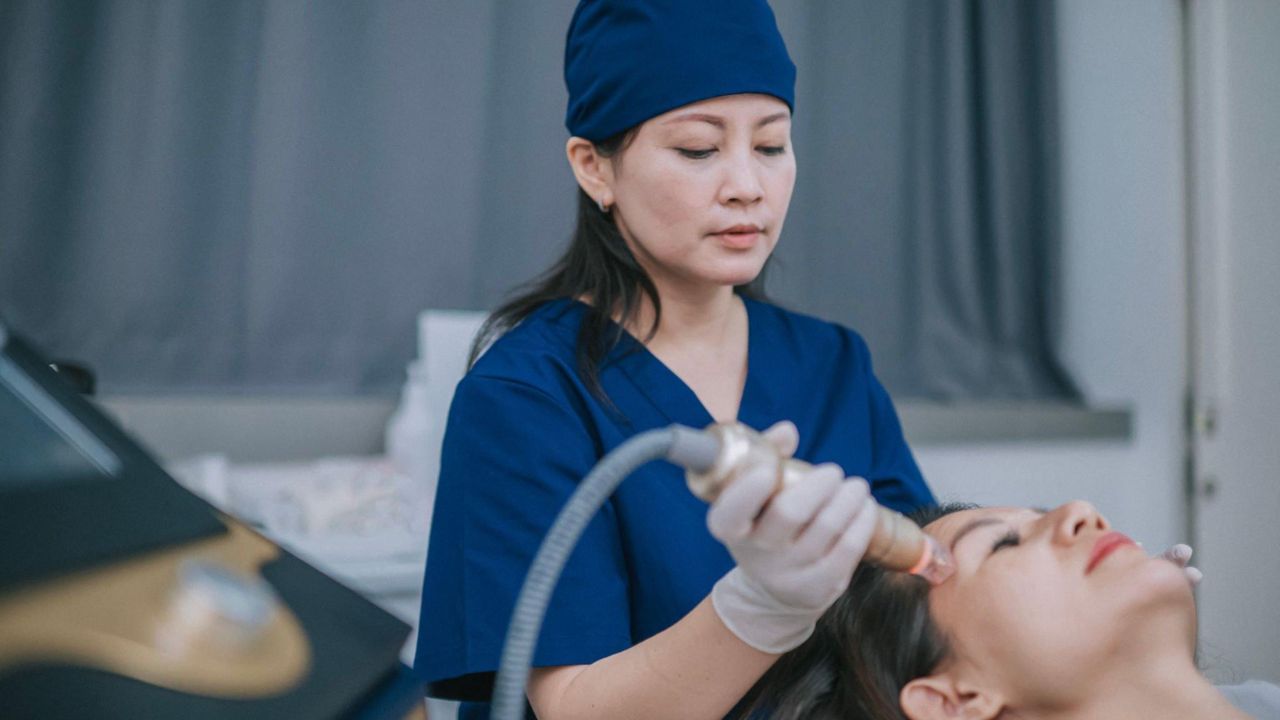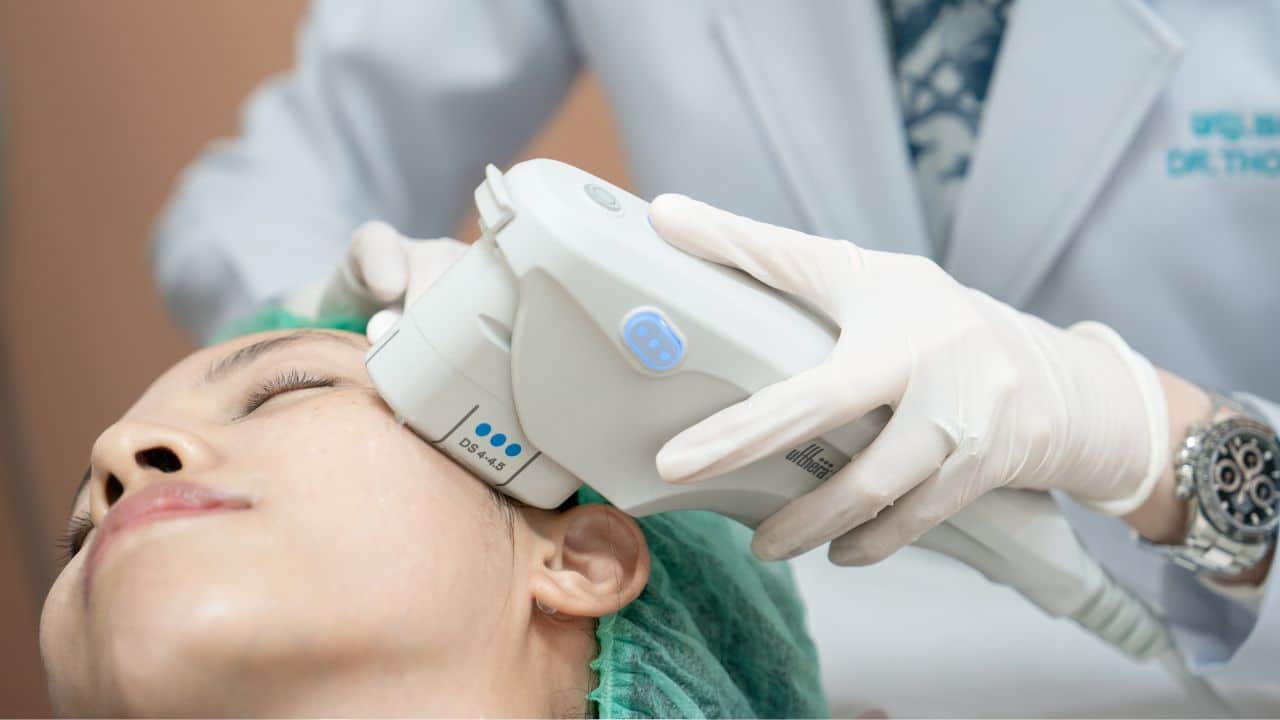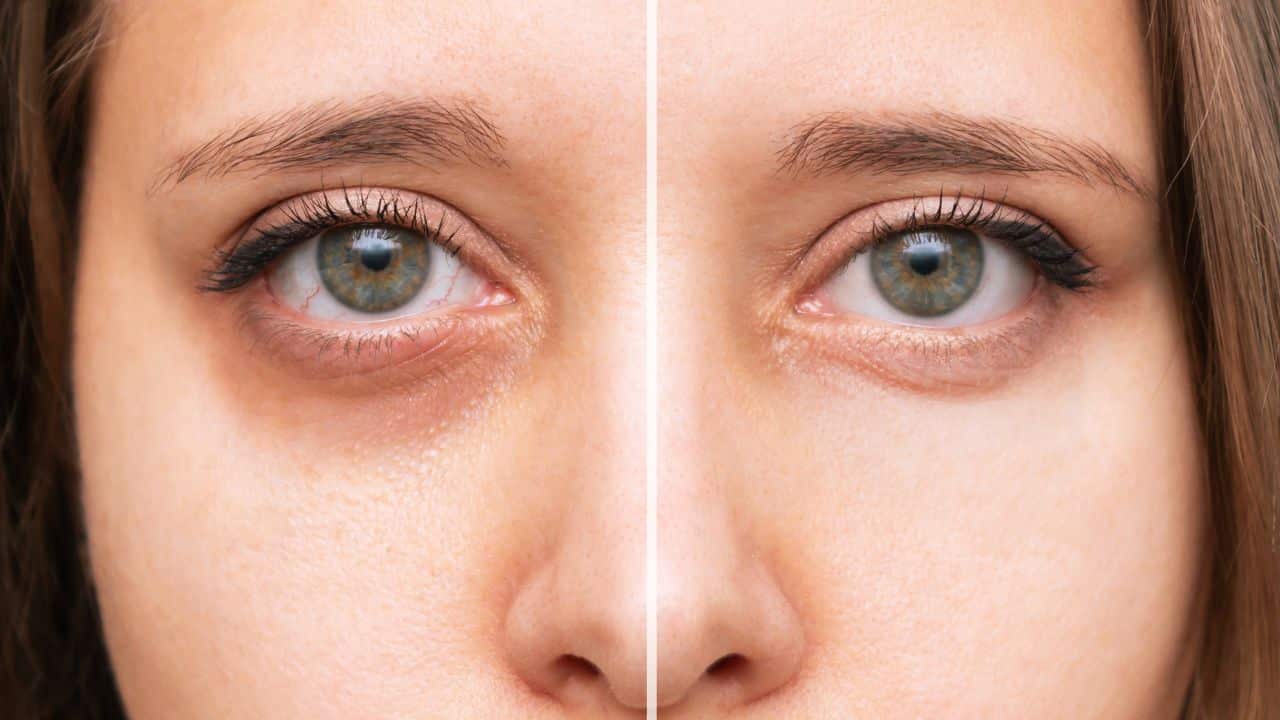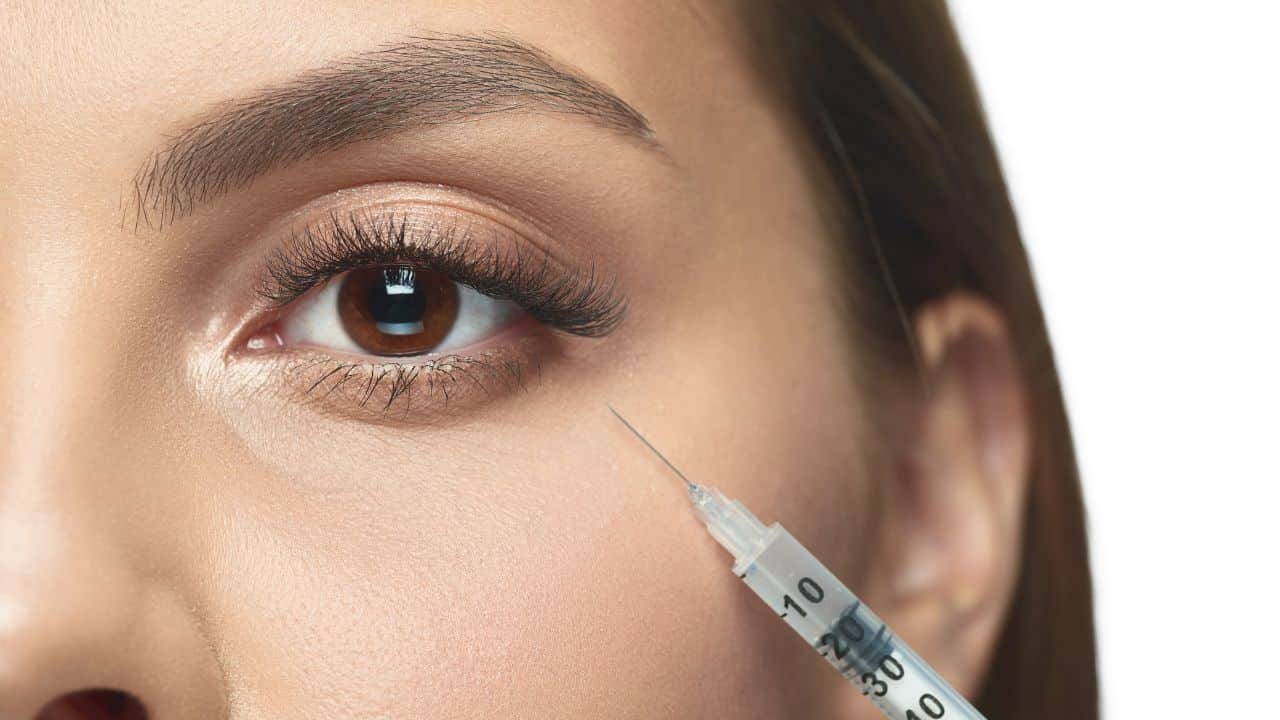We all desire a vibrant and youthful complexion in the pursuit of timeless beauty. This quest has led to the development of many groundbreaking treatments, with Ultherapy being a popular choice.
But is it the ultimate solution for skin rejuvenation? As fashion trends evolve, solips the landscape of aesthetic medicine. This blog aims to open the door to the world of skin rejuvenation treatments beyond Ultherapy.
We’ll investigate options like PRP therapy, RF Microneedling, and Laser Skin Tightening, comparing their effectiveness and suitability. Let’s embark on this journey of exploration and demystify the alternatives to Ultherapy!
What is Ultherapy?
Ultherapy is a non-invasive cosmetic procedure that uses ultrasound energy to lift and tighten your skin. This FDA-approved treatment targets the skin and its deep foundational layer without affecting the surface.
As a result, it stimulates collagen production, leading to a naturally rejuvenated appearance over time.
The procedure typically lasts 60 to 90 minutes and requires no downtime, making it a convenient choice for many. Its effects can be seen gradually over 2-3 months and last up to a year.
However, like any treatment, Ultherapy may not be free from discomfort. Some patients report temporary side effects such as redness, swelling, and tenderness. Pain during the procedure is also a common concern, though it varies among individuals.
Exploring Alternatives to Ultherapy
While Ultherapy has proven to be a highly effective procedure, the continuous innovation in aesthetic medicine has brought forth several other skin rejuvenation treatments.
Each comes with its unique set of advantages and may cater better to specific skin types or conditions. It’s crucial to remember that one size does not fit all when it comes to skin treatment. With this in mind, let’s explore some notable alternatives to Ultherapy.
Platelet-Rich Plasma (PRP) Therapy
PRP therapy leverages the power of your blood’s platelets to stimulate tissue regeneration and collagen production. While not strictly a skin-tightening procedure like Ultherapy, it’s widely used for skin rejuvenation and wrinkle reduction.

Radio Frequency (RF) Microneedling
RF Microneedling combines the collagen-inducing power of traditional microneedling with the strong heating effects of radiofrequency energy. This combination is designed to remodel the dermis and improve the skin’s firmness and appearance.
Laser Skin Tightening
Laser skin tightening employs infrared light to heat the dermis, which triggers collagen production and results in tighter, smoother skin. It’s a good option for those looking to address loose or sagging skin without surgery.
PRP Therapy as an Alternative
PRP Therapy or Platelet-Rich Plasma Therapy, though a different mechanism than Ultherapy, has been gaining momentum in skin rejuvenation. Let’s explore it in more detail:
Understanding PRP Therapy
In PRP Therapy, a blood sample is processed to separate the platelets and plasma. This platelet-rich plasma, filled with growth factors, is then injected back into specific areas of your skin, stimulating natural healing and rejuvenation processes.
Benefits of PRP Therapy
PRP Therapy is known for its healing and regenerative properties. It can improve skin texture, reduce fine lines and wrinkles, and provide a refreshed, youthful look. As it uses your blood, it minimizes the risk of allergic reactions or side effects.
PRP Therapy vs. Ultherapy
Unlike Ultherapy, which uses ultrasound energy to lift and tighten skin, PRP Therapy enhances your body’s natural healing response. While Ultherapy might offer more noticeable lifting effects, especially for sagging skin, PRP can improve overall skin health and appearance.
It can be particularly effective for people with dull, tired-looking skin or those who prefer a more natural approach to skin rejuvenation.
Side Effects of PRP Therapy
PRP Therapy can have side effects like any treatment, typically minor. Temporary swelling or bruising at the injection site is common; some people might experience mild discomfort during the procedure. However, serious side effects are rare, making PRP a safe choice for many.
RF Microneedling as an Alternative
Radio Frequency (RF) Microneedling is another viable alternative to Ultherapy. It combines two potent skin rejuvenation technologies – microneedling and radio frequency energy.
Understanding RF Microneedling
RF Microneedling uses tiny needles to create micro-injuries in the skin, which triggers the body’s natural healing process and boosts collagen and elastin production. The procedure also involves radiofrequency energy, which heats the deeper layers of the skin, further enhancing collagen production.
Benefits of RF Microneedling
RF Microneedling can improve skin texture, reduce the appearance of scars, and tighten the skin. It can target skin concerns like wrinkles, fine lines, acne scars, and stretch marks, offering a versatile solution for skin rejuvenation.
RF Microneedling vs. Ultherapy
While RF Microneedling and Ultherapy stimulate collagen production, they do so through different mechanisms. RF Microneedling can be a good option for those who need to address surface-level skin concerns along with skin tightening, while Ultherapy might be more suitable for those specifically looking for lifting and tightening effects.
Side Effects of RF Microneedling
RF Microneedling is considered safe but may cause temporary side effects like redness, swelling, and minor discomfort post-procedure. These effects are generally short-lived and resolve on their own. As always, it’s essential to get this procedure done by a skilled professional to minimize potential risks and side effects.
Laser Skin Tightening as an Alternative

Laser Skin Tightening is a non-surgical procedure that can be a compelling alternative to Ultherapy. It uses an infrared light source (a laser) to tighten the skin by heating the collagen under its surface, causing the skin to contract.
Understanding Laser Skin Tightening
In Laser Skin Tightening, a laser sends beams of infrared light to penetrate the skin, heating the underlying collagen and causing it to contract. This process stimulates the skin to generate new collagen, which results in firmer, tighter, and smoother skin over time.
Benefits of Laser Skin Tightening
The treatment is non-invasive and requires no downtime, similar to Ultherapy. It is effective in reducing the appearance of wrinkles and loose skin for a more youthful appearance. It can be applied to the face, neck, abdomen, and other body areas.
Laser Skin Tightening vs. Ultherapy
Both treatments aim to stimulate collagen production to firm and tighten the skin. While Ultherapy uses ultrasound energy to target the deeper layers of the skin, Laser Skin Tightening uses infrared light. The choice between the two will depend on your specific skin concerns, tolerance for discomfort during treatment, and the desired recovery time.
Side Effects of Laser Skin Tightening
While Laser Skin Tightening is generally safe, some side effects can occur. These may include temporary redness, warm skin, and mild swelling. These resolve within a few hours. More severe side effects, such as blistering or skin discoloration, can be minimized by a reputable professional.
Making an Informed Decision
Choosing a skin rejuvenation treatment is not a decision to be taken lightly. It’s essential to consider various factors before determining the best procedure for your unique skin needs and goals.
Understanding Your Skin Needs
First and foremost, it’s crucial to understand your skin concerns and objectives. Are you primarily looking for skin lifting and tightening, or are you more concerned with improving skin texture and reducing the appearance of scars or wrinkles?
Consultation with a Professional
While self-research is important, consulting a skincare professional or dermatologist is equally essential. They can thoroughly analyze your skin and provide expert advice tailored to your needs.
Considering Your Comfort
Some procedures might cause discomfort or pain during or after the treatment. If you have a low tolerance for discomfort, this is an important aspect to consider when deciding on a treatment.
Assessing Potential Side Effects
It’s vital to be aware of the potential side effects of the treatments you’re considering. While most side effects are mild and temporary, understanding what to expect can help you prepare better for the procedure and recovery.
Cost and Availability
Finally, consider the cost and availability of the treatments. Certain procedures may be more expensive or not readily available in your locality. It’s important to factor in these practical considerations when making your decision.
Conclusion
The best skin rejuvenation treatment will depend on your skin concerns, comfort level, budget, and personal preference. Ultherapy, PRP Therapy, RF Microneedling, and Laser Skin Tightening all have their strengths, and understanding these can guide your decision.
Always consult a skincare professional or dermatologist to ensure you make an informed choice that suits your needs best.
With the right approach, you can achieve a more youthful appearance and boost your confidence in your skin. Remember, every skin is unique, and thus, every skincare journey should be too!





